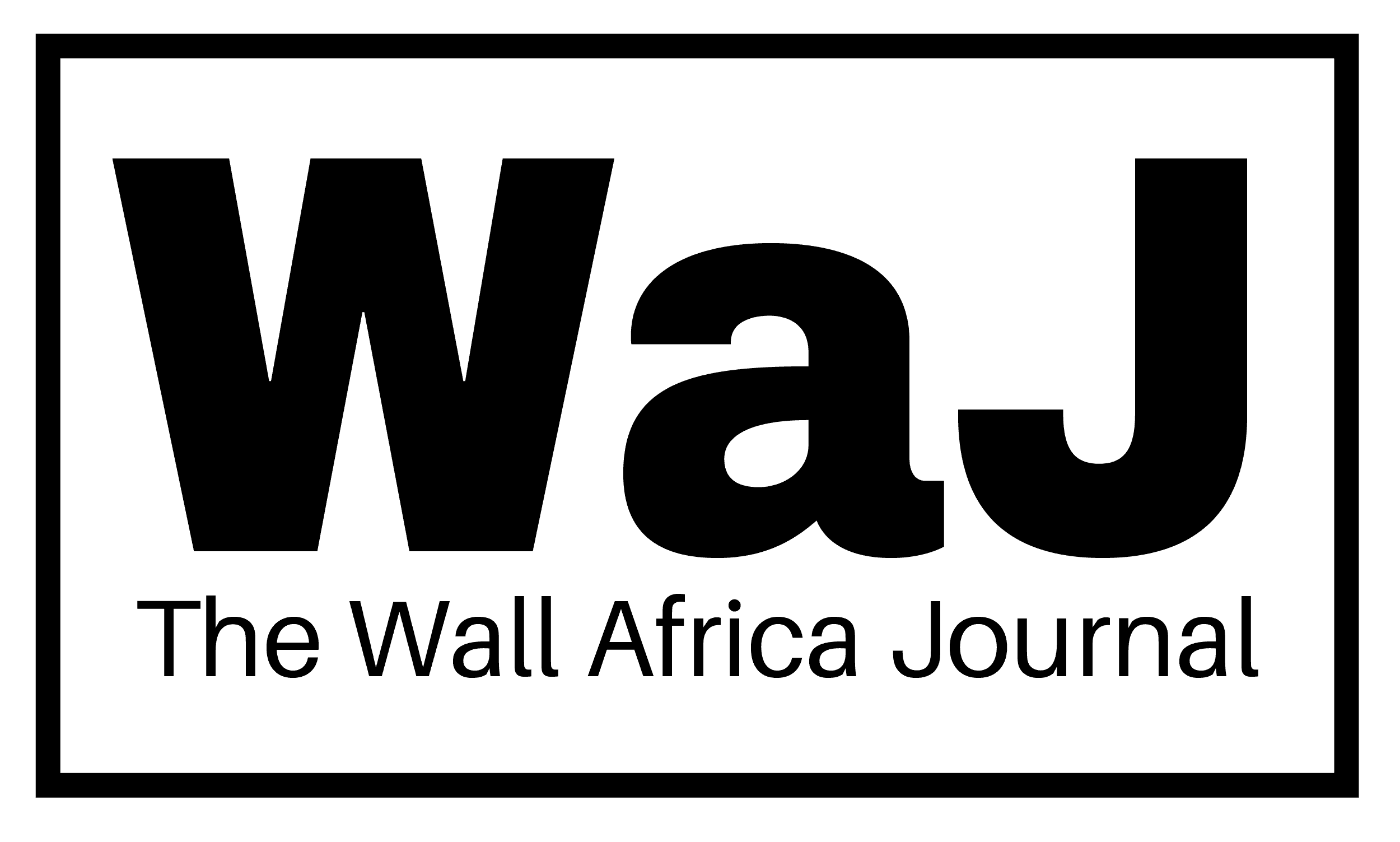Senegal is poised to top sub-Saharan Africa’s economic growth rankings in 2025, with a projected GDP increase of 8.4/percent, according to the latest International Monetary Fund (IMF) data. The West African nation is set to outpace regional growth leaders such as Rwanda and Guinea (both forecast at 7.1/percent) and Ethiopia (6.6/percent).
This growth surge is primarily driven by significant investments in the energy and infrastructure sectors, particularly the launch of oil and gas production from Senegal’s Greater Tortue Ahmeyim (GTA) and Sangomar fields. These developments are expected to enhance export revenues and reduce the country’s reliance on imports, giving the national economy a much-needed boost.
Senegal’s proactive efforts in diversifying its economy and upgrading public infrastructure have also played a crucial role in attracting foreign investment, fostering a climate of investor confidence. As the country invests in long-term growth drivers, its economic performance stands in contrast to that of many of its peers in sub-Saharan Africa, where growth is expected to average just 3.8/percent in 2025. This regional disparity highlights the ongoing challenges faced by resource-exporting economies, which are grappling with external shocks and structural weaknesses.
Key Insights: Diverging Growth Paths in Sub-Saharan Africa
Senegal’s economic rise illustrates a growing distinction between resource-intensive economies (RICs) and those prioritizing diversification and reform. While oil-dependent nations like Nigeria and Angola continue to struggle with stagnant growth and fiscal imbalances, Senegal’s strategic focus on diversification and structural reform is paying dividends.
The IMF attributes the slow performance of RICs to governance issues, pro-cyclical fiscal policies, and inadequate investments in critical sectors such as education, healthcare, and infrastructure. On the other hand, Senegal has managed to maintain a stable macroeconomic environment, making investments in productivity-enhancing sectors and human capital a cornerstone of its growth strategy.
The contrast between Senegal’s approach and that of many oil-dependent economies highlights the potential benefits of a diversified economic model. With a focus on long-term infrastructure projects and economic diversification, Senegal is better positioned to navigate global economic volatility and set the stage for sustained growth.
As Senegal continues to lead the charge, its model of diversification and reform could serve as a blueprint for other nations in the region aiming to break free from the constraints of commodity dependence.


